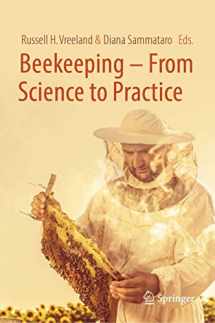
Beekeeping – From Science to Practice
Book details
Summary
Description
This book will help beekeepers understand the fundamentals of beekeeping science. Written in plain and accessible language by actual researchers, it should be part of every beekeeper’s library. The respective chapters not only present raw data; they also explain how to read and understand the most common figures. With topics ranging from honeybee nutrition to strains of Varroa resistant bees, from the effects of pesticide chemicals to understanding diseases, and including a discussion of venom allergies, the book provides essential “knowhow” that beekeepers will benefit from every time they inspect their hives. Further, each chapter ends with the author explaining how beekeepers can (or cannot) directly utilize the information to enhance their beekeeping operation.
The text is structured to facilitate ease of use, with each author addressing the same four issues: 1) What are the specific purposes or goals of these experiments? Or more simply: what have these studies taught us? 2) How should a non-scientist read the data generated? 3) What are the key points in relation to practicing beekeepers’ goals? 4) How can the data or techniques discussed be applied by beekeepers in their own apiaries? This approach allows readers to look up specific information quickly, understand it and even put it to use without having to read entire chapters. Further, the chapters are highly readable and concise. As such, the book offers a valuable guide and faithful companion for all beekeepers, one they can use day in and day out.


We would LOVE it if you could help us and other readers by reviewing the book
Book review



